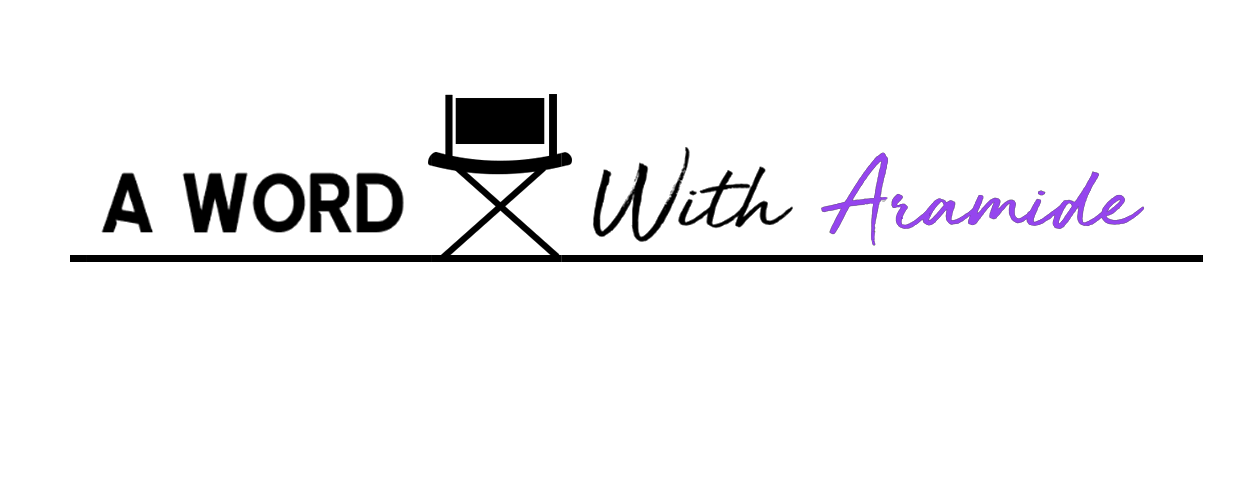For many of us over the last 30 years, Burning Man has been somewhat of a legend. The cultural event has expanded exponentially since it was founded in 1986. It now stretches out into a multi-day adventure that draws in upward of 60,000 participants. While society has focused its attention on mainstream events like Coachella, Burning Man remained mostly mythic until the sheer size of the event began to demand a different type of infrastructure and, in turn, a lot more visibility. In their 2013 documentary, Spark: A Burning Man Story, Steve Brown and Jessie Deeter peel back the layers of Burning Man, turning his lens on the founders, the machine behind the event, and the community that keeps it alive.
To understand what Burning Man has become, Brown and Deeter take a careful look back at its history. We hear from the founding members, Crimson Rose, Harley K. Dubois, the late Larry Harvey, Marian Goodell, Michael Mikel, Will Roger, and John Law, who left Burning Man as it began to expand and the need for more structure became apparent. For the founders who joined the group at various points, Burning Man is much more than an event. Throughout the film, we learn why they find themselves in the 100 plus degree heat in Nevada's Black Rock desert, transforming it into Black Rock City each year.
Spark is set in the months leading up to the 2012 event. At the time, Burning Man was curated by Black Rock City, LLC, a for-profit business put into place at the turn of the 21st century to circumvent the size and liabilities that come with producing such an event. Built on 10 principles, including gifting, decommodification, radical self-reliance, radical self-expression, communal effort, and civic responsibility, leaving no trace, participation, and immediacy, Burning Man had become more cumbersome then any of the owners or the attendees could have dreamed of.
Though there are no voyeurs allowed at Burning Man, the nature of the film and Brown and Deeter’s lens allows an audience that would have never seen the event's inter-workings a bird's-eye view. From the whimsical costuming, the stunning structures, and even the organized chaos leading into the opening day, it's clear almost immediately that without the organization backing it, Burning Man would become dangerous and implausible.
Spark works well because it doesn't merely chronicle Burning Man's origins; it also pulls back the curtain on the event, including its missteps and mishaps. The 2012 event moved to a lottery ticket system that inadvertently locked out some of the long-time supporters of Burning Man — a scandal that eventually made its way into the New York Times. Furthermore, it juxtaposes the paths of those genuinely committed to Burning Man's original message, versus those who choose to attend for pure spectacle. As the community has expanded, many people have chosen to participate for an Instagram photo or a unique backdrop.
While the founders certainly can't control everything, they have taken steps to reevaluate and reset as the event has gained traction. Since 2013, they've moved back to a non-profit format — Burning Man Project. Moreover, various smaller events across the United States and internationally guided by the Burning Man principles have allowed those who might not be able to get to the Nevada Desert a similar experience.
In Spark, Brown and Deeter neither elevate nor ridicules Burning Man for its past or its present. Instead, he allows the event and the people at its core to present themselves to the audience. He enables us to see what Burning Man was meant to be as the founders have struggled to continue those same rituals and customs. More than anything, amid the coronavirus (COVID-19) pandemic as people have been forced to become more isolated and alone, it is a spectacular reminder of the communities that will be there to embrace us when this is all over.
Spark: A Burning Man Story is available on VOD, Amazon Prime, iTunes and VUDU.

